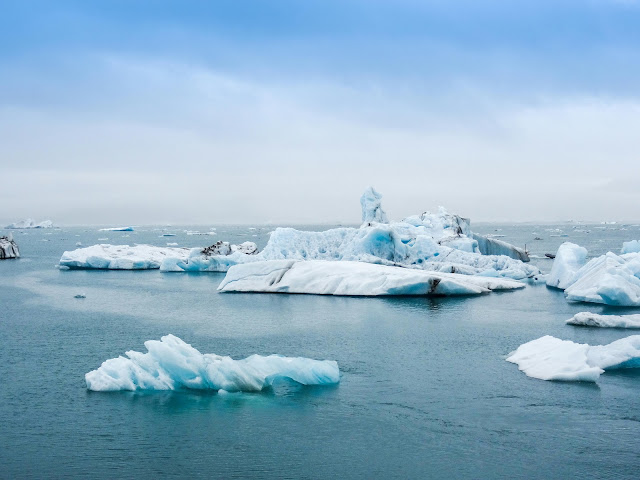Global warming, the long-term heating of Earth's climate system caused by human activities, is arguably one of the most pressing issues facing humanity today. This article delves into the science behind this phenomenon, explores its current and potential impacts, and highlights the urgent need for action.
Understanding the Greenhouse Effect:
The Earth's natural atmosphere acts like a blanket, trapping some of the Sun's heat and keeping the planet warm enough for life to thrive. However, certain gases, known as greenhouse gases, trap additional heat, intensifying the warming effect. These gases, primarily carbon dioxide (CO2) from burning fossil fuels, methane from agriculture, and nitrous oxide from industrial processes, have been accumulating in the atmosphere at an alarming rate.
The Evidence is Clear:
Multiple lines of evidence, including rising global temperatures, melting glaciers and ice sheets, rising sea levels, and extreme weather events, all point towards a warming planet. The scientific consensus is overwhelmingly clear: human activities are the primary driver of global warming.
Widespread Impacts:
The consequences of global warming are already being felt worldwide and are projected to become increasingly severe in the future. These impacts include:
Rising sea levels: Threatening coastal communities, displacing millions, and salinating freshwater resources.
More extreme weather events: Include heatwaves, droughts, floods, wildfires, and more frequent and intense storms.
Ocean acidification: Harmfully impacting marine ecosystems and fisheries.
Changes in biodiversity: Loss of species and disruption of ecosystems.
Food security issues: Reduced agricultural yields and disruptions to food production.
The Urgency of Action:
While the challenges seem daunting, there is still hope. Limiting further temperature rise requires immediate and significant reductions in greenhouse gas emissions. This can be achieved through:
Transitioning to renewable energy sources: Solar, wind, and geothermal power can replace fossil fuels.
Improving energy efficiency: Reducing energy consumption across all sectors.
Protecting forests: Forests absorb carbon dioxide from the atmosphere.
Sustainable agriculture: Reducing emissions from agricultural practices.
Individual action: Making conscious choices to reduce our carbon footprint.

